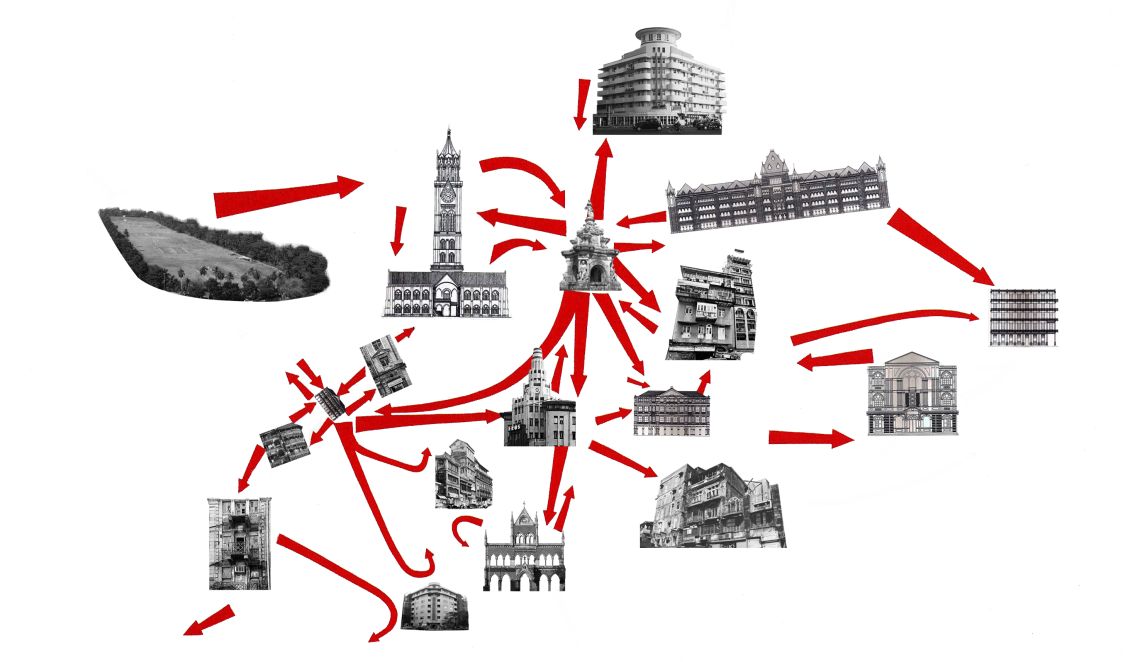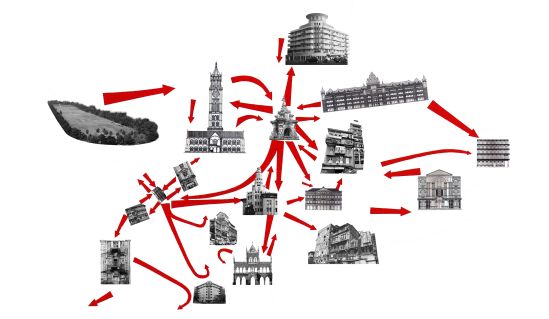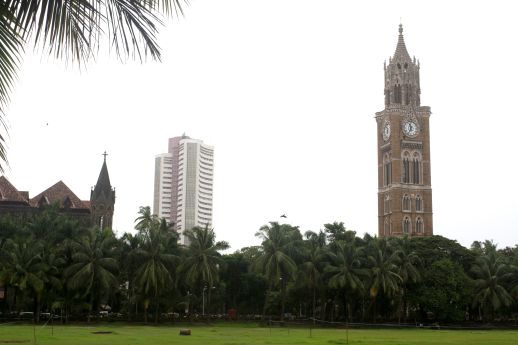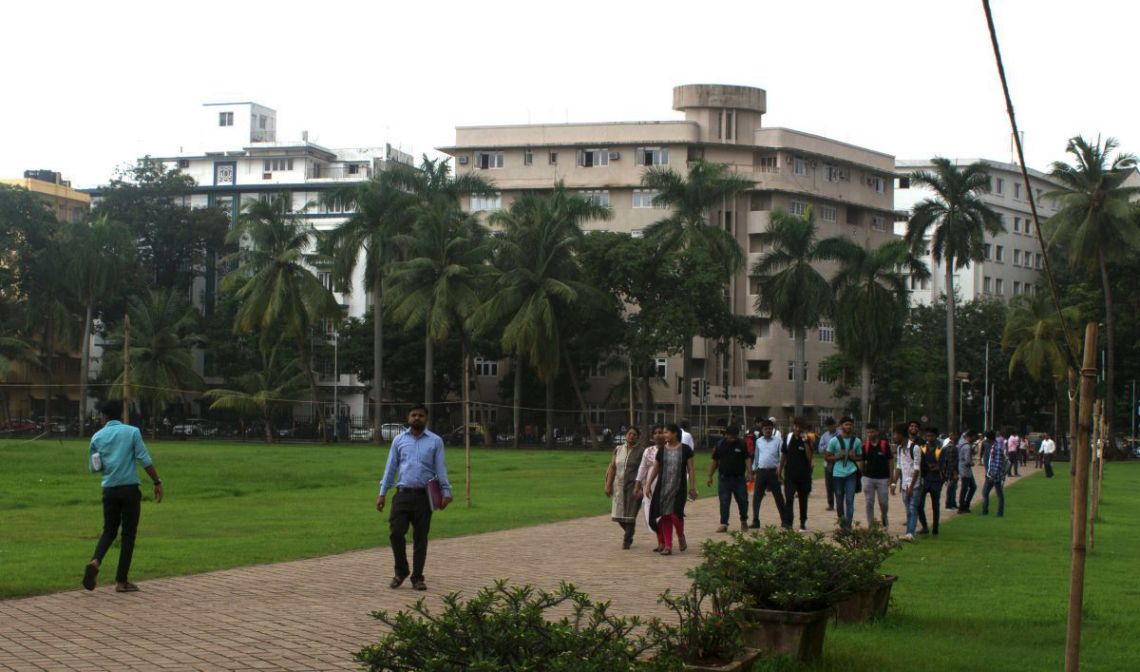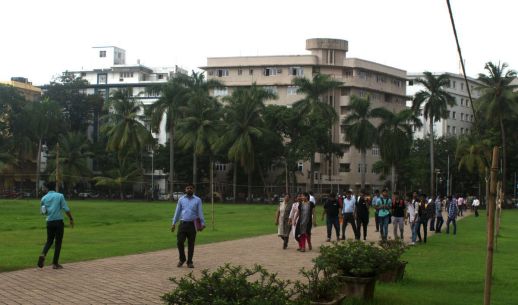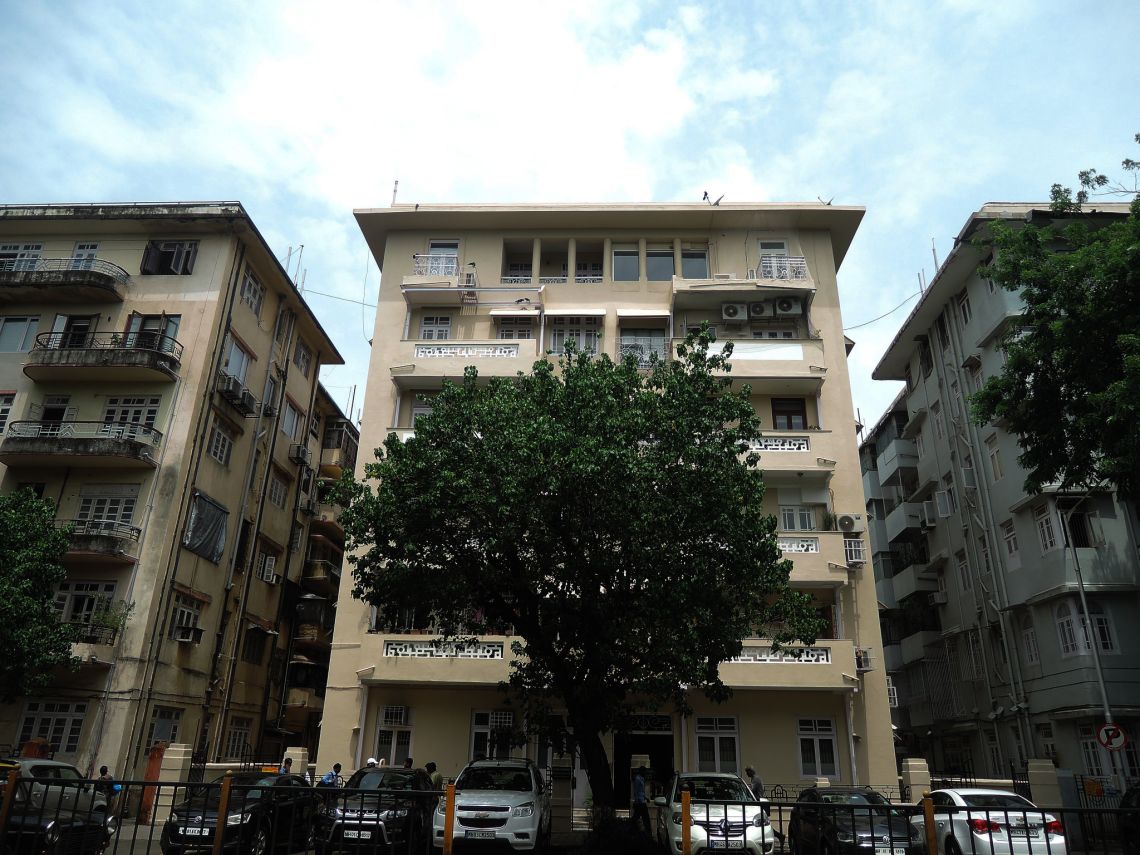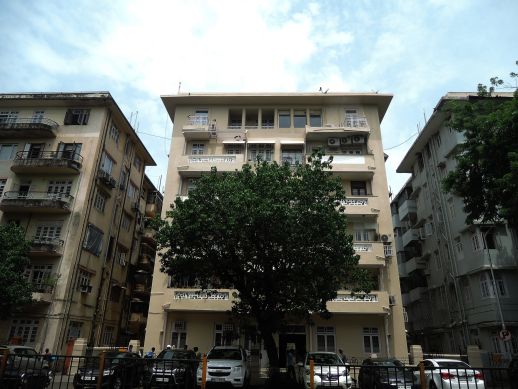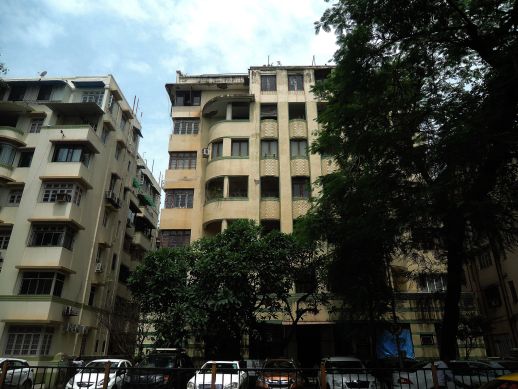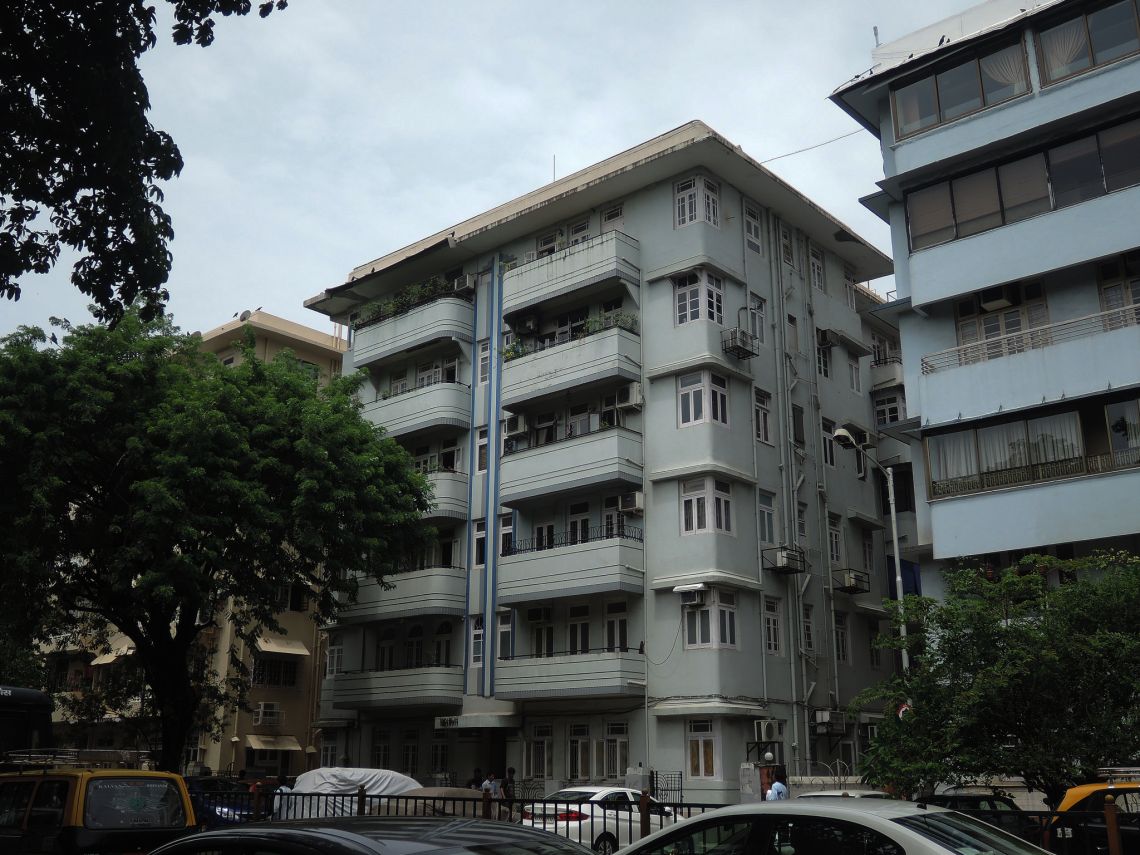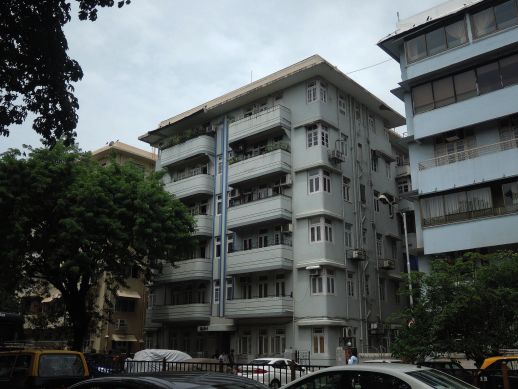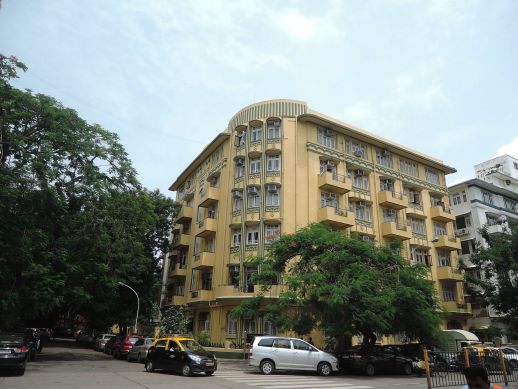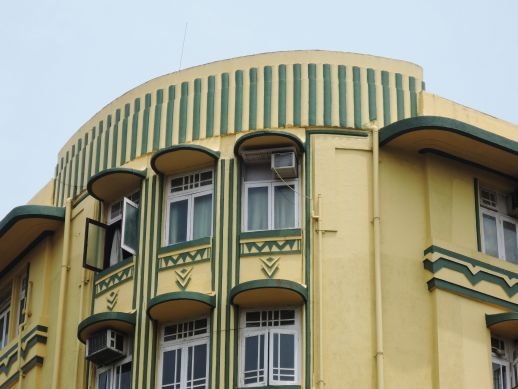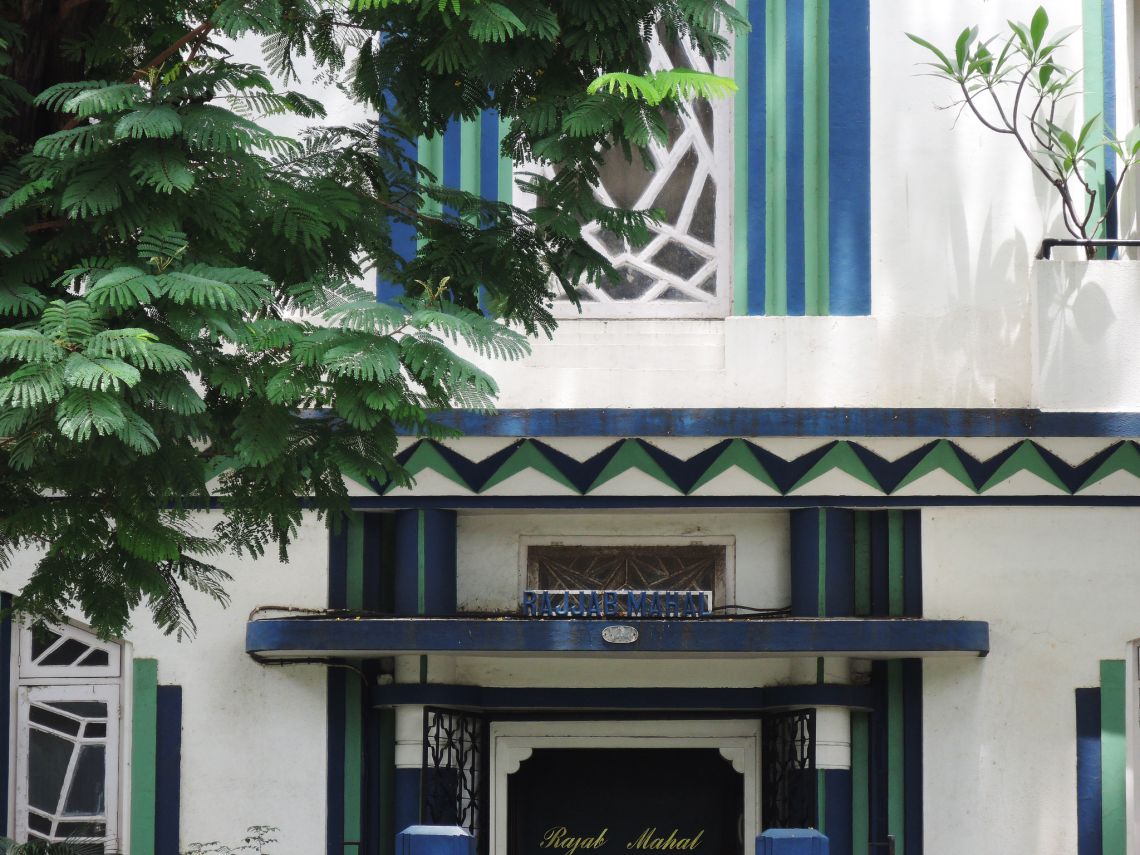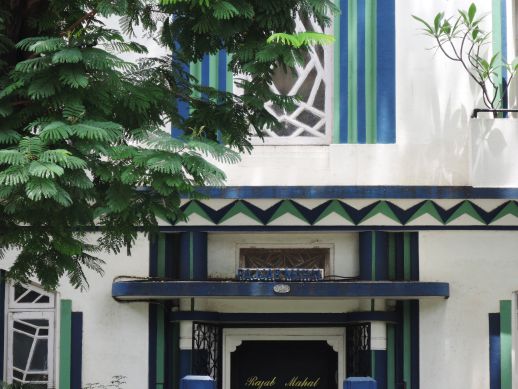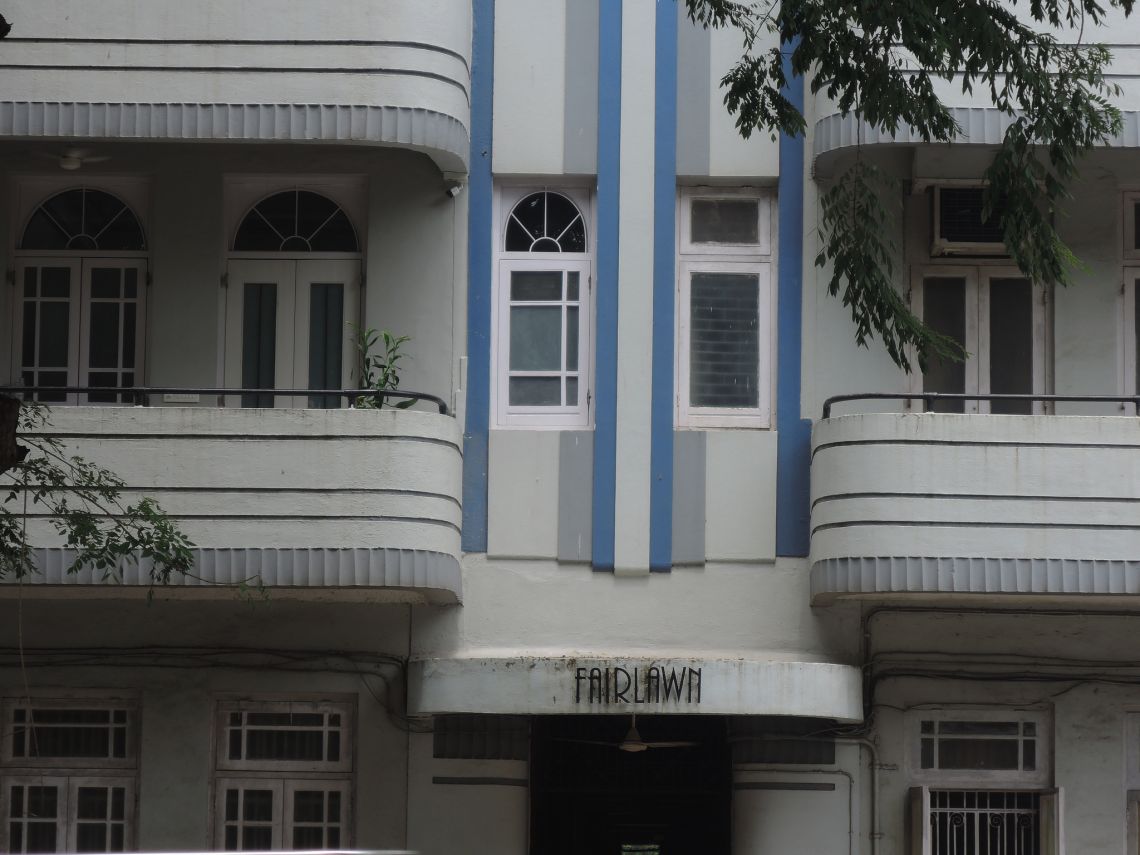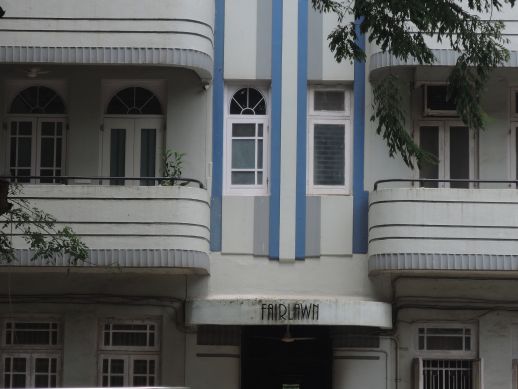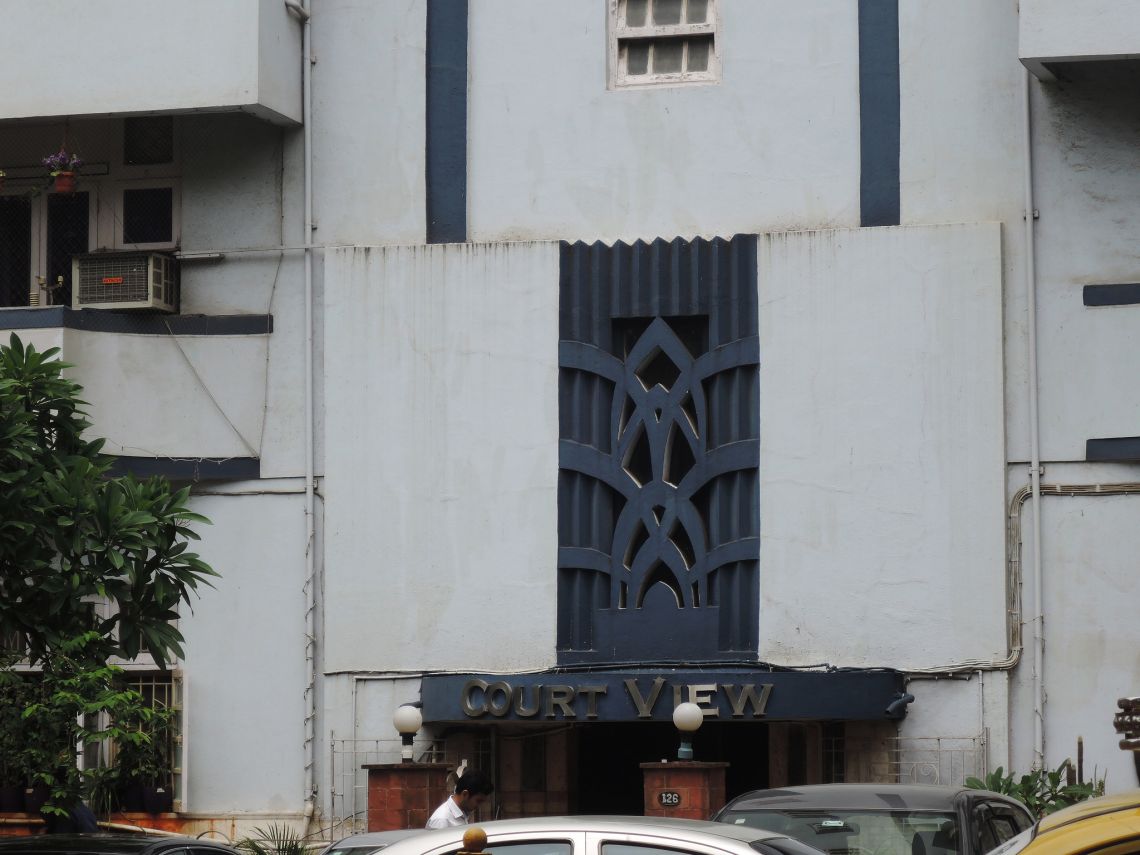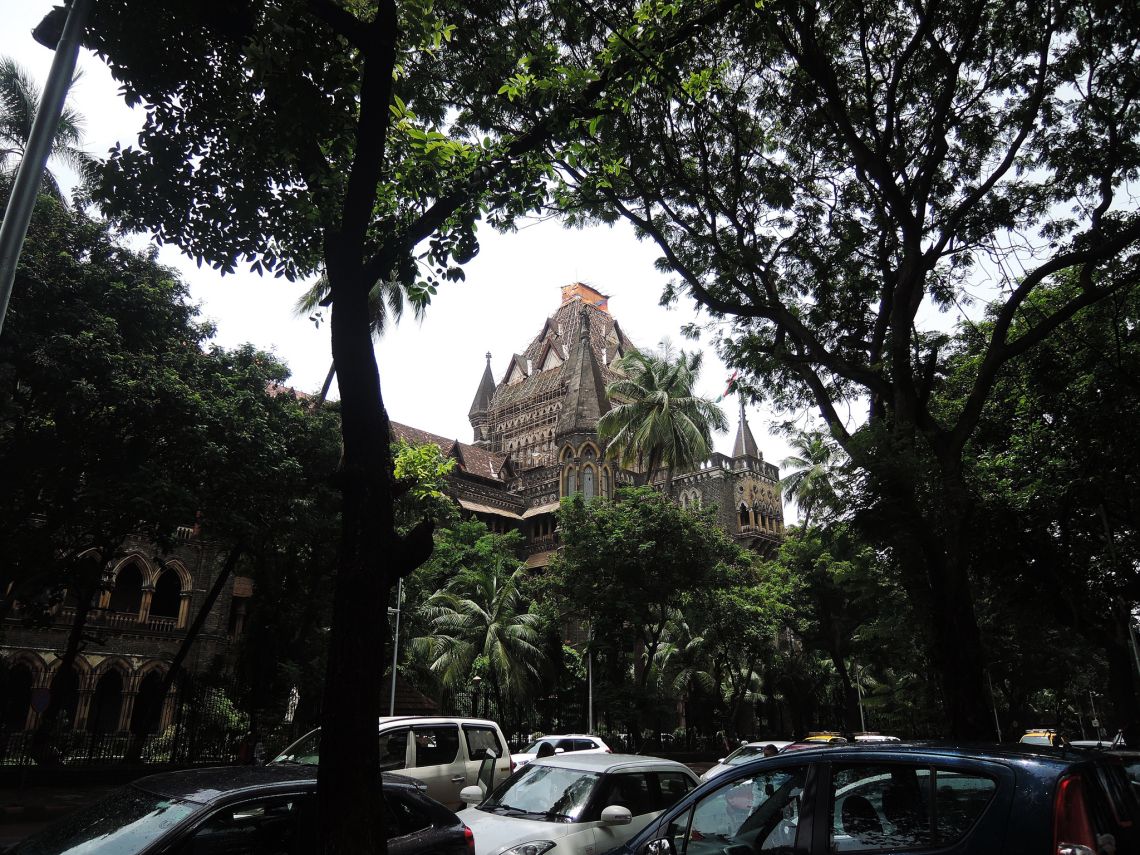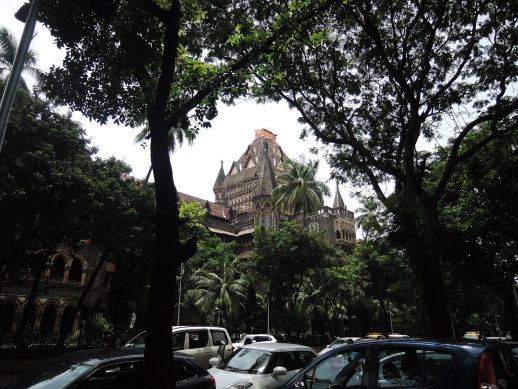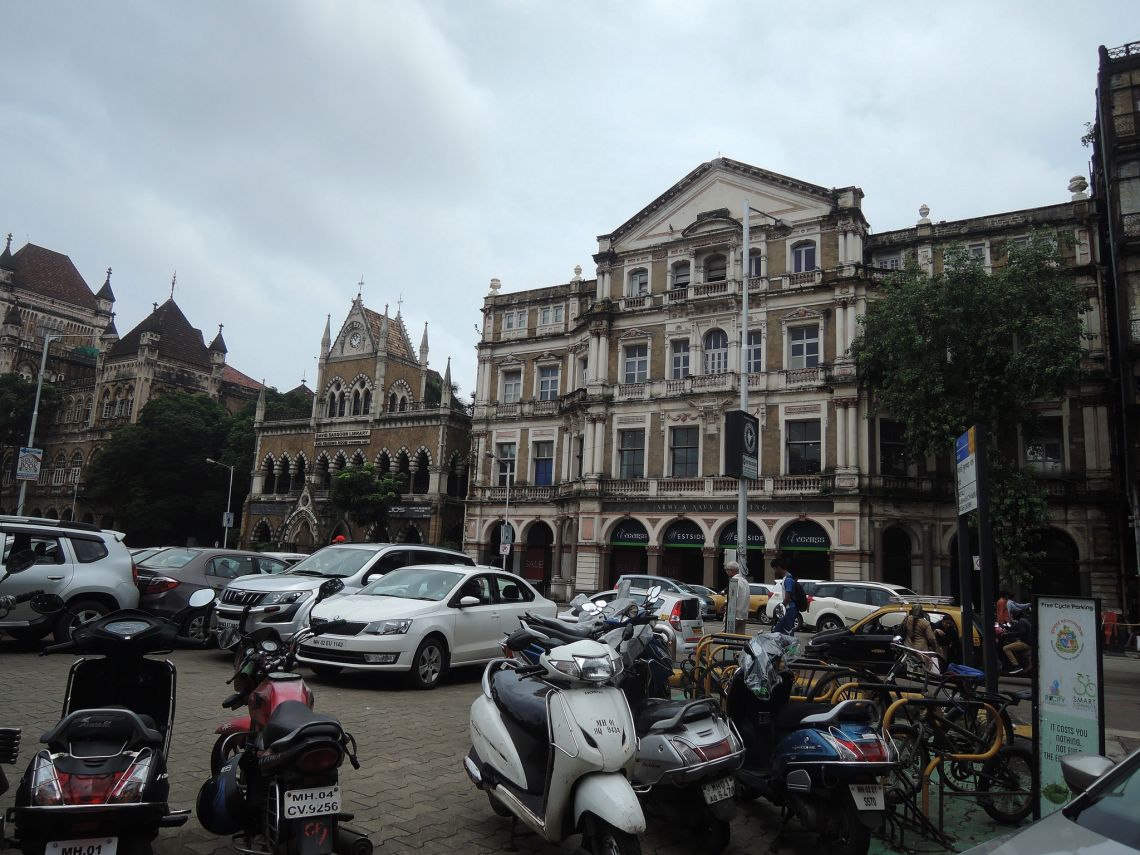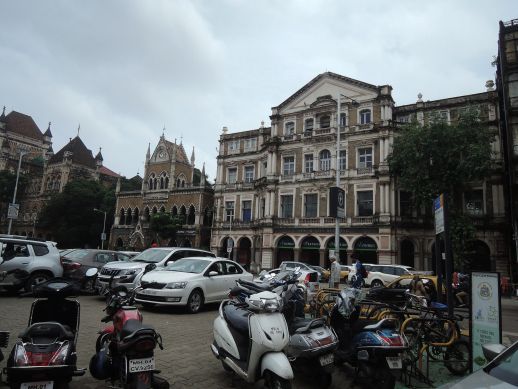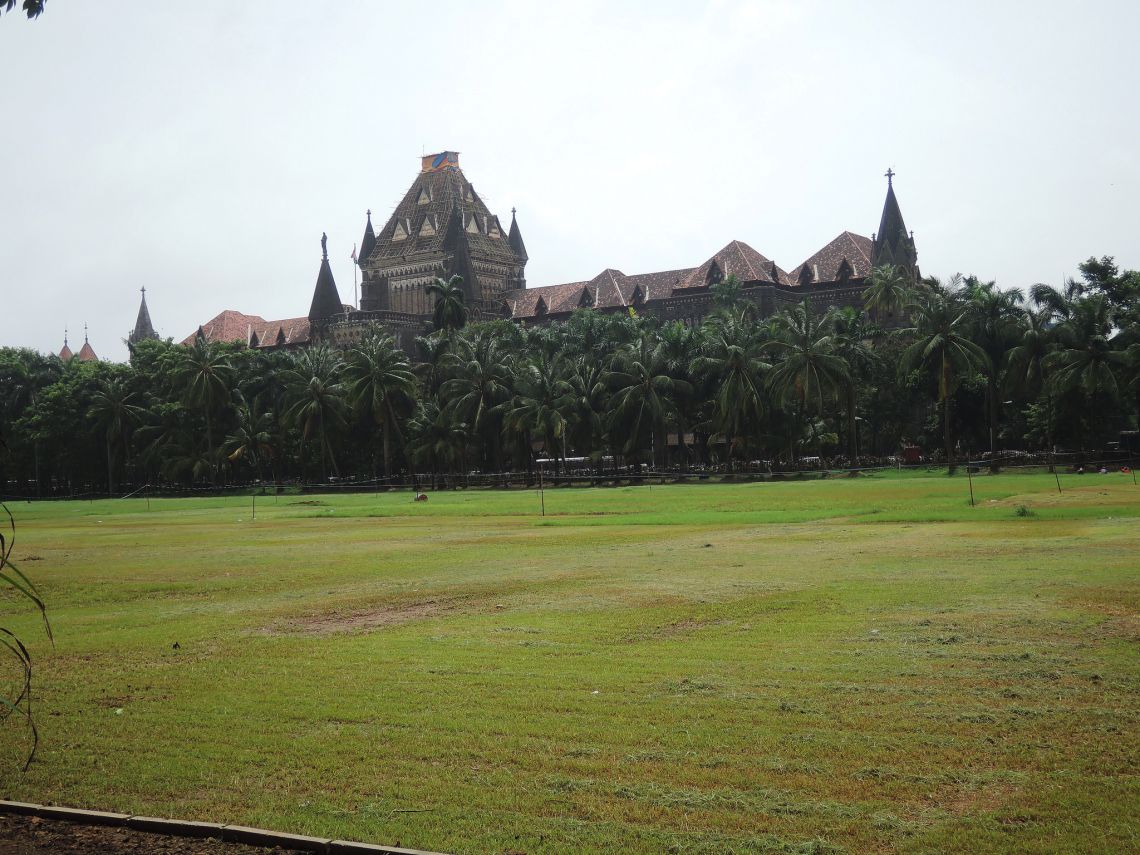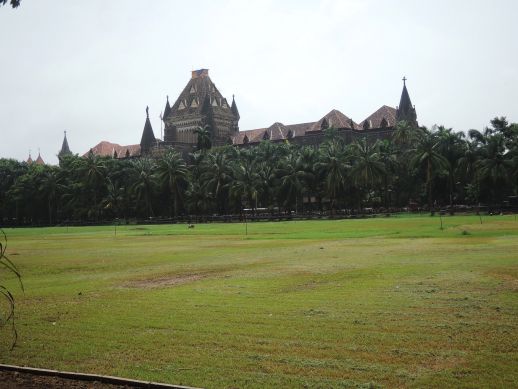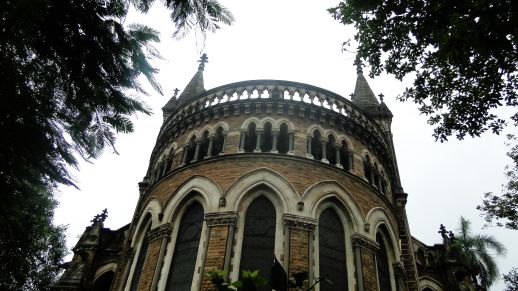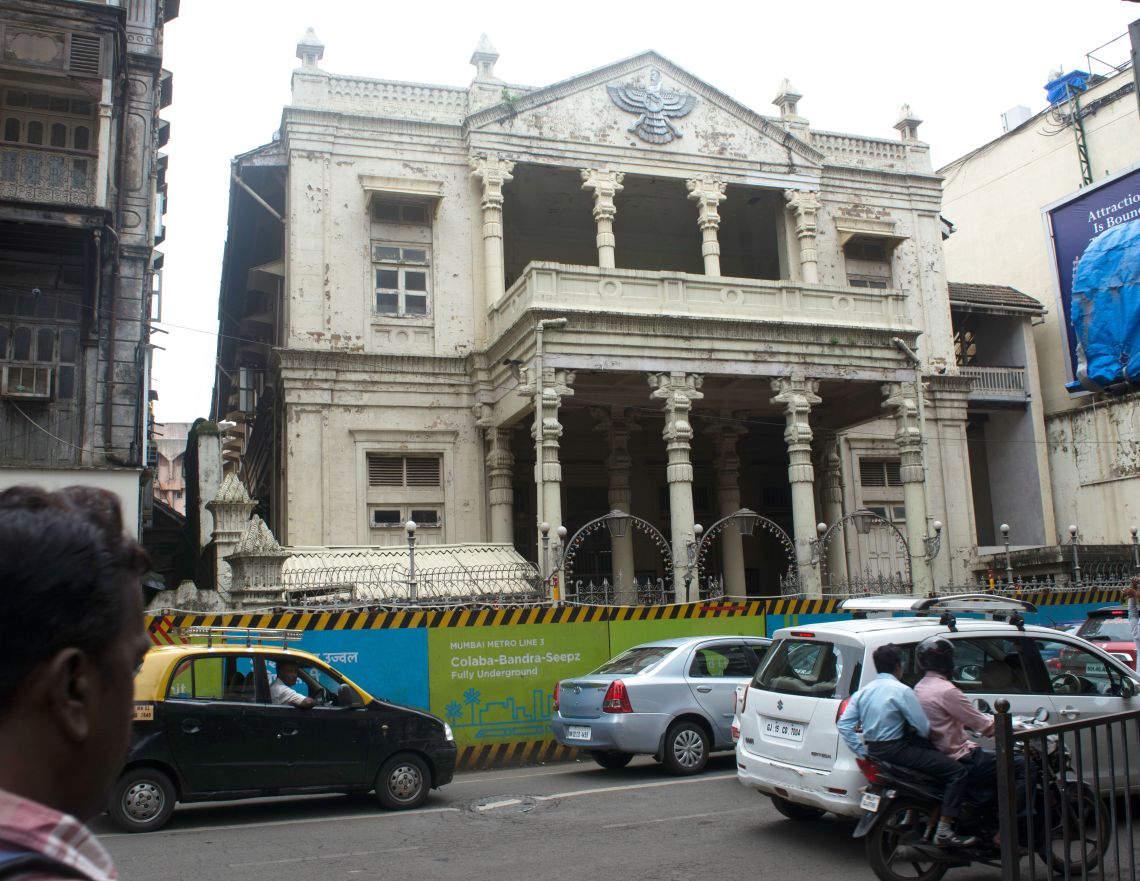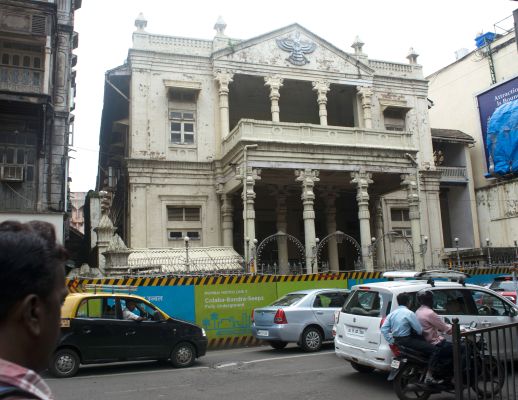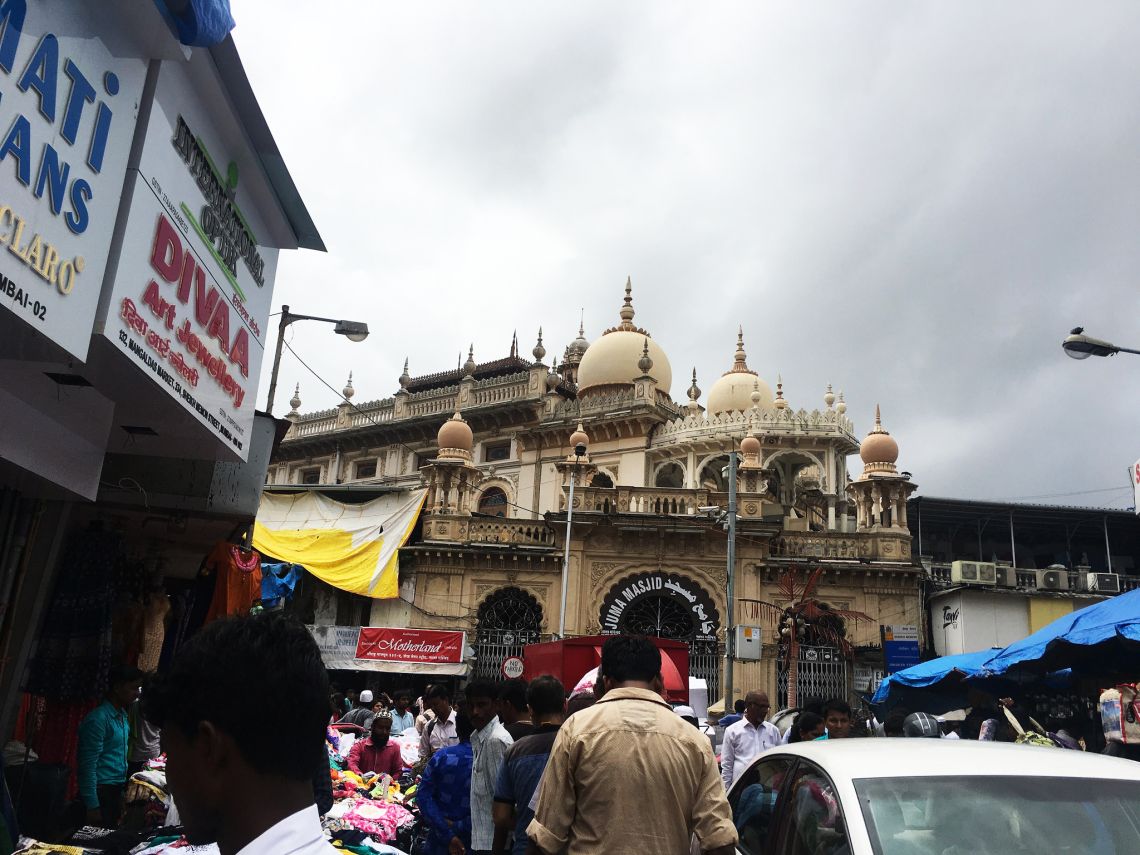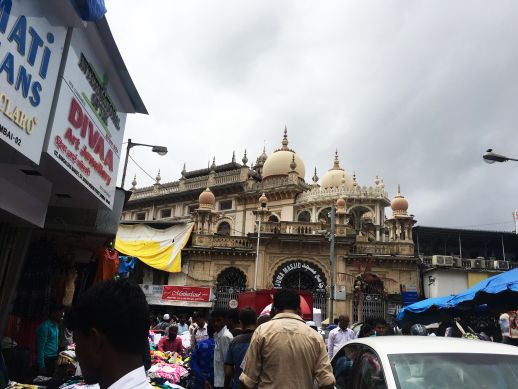The Mumbai Ensemble
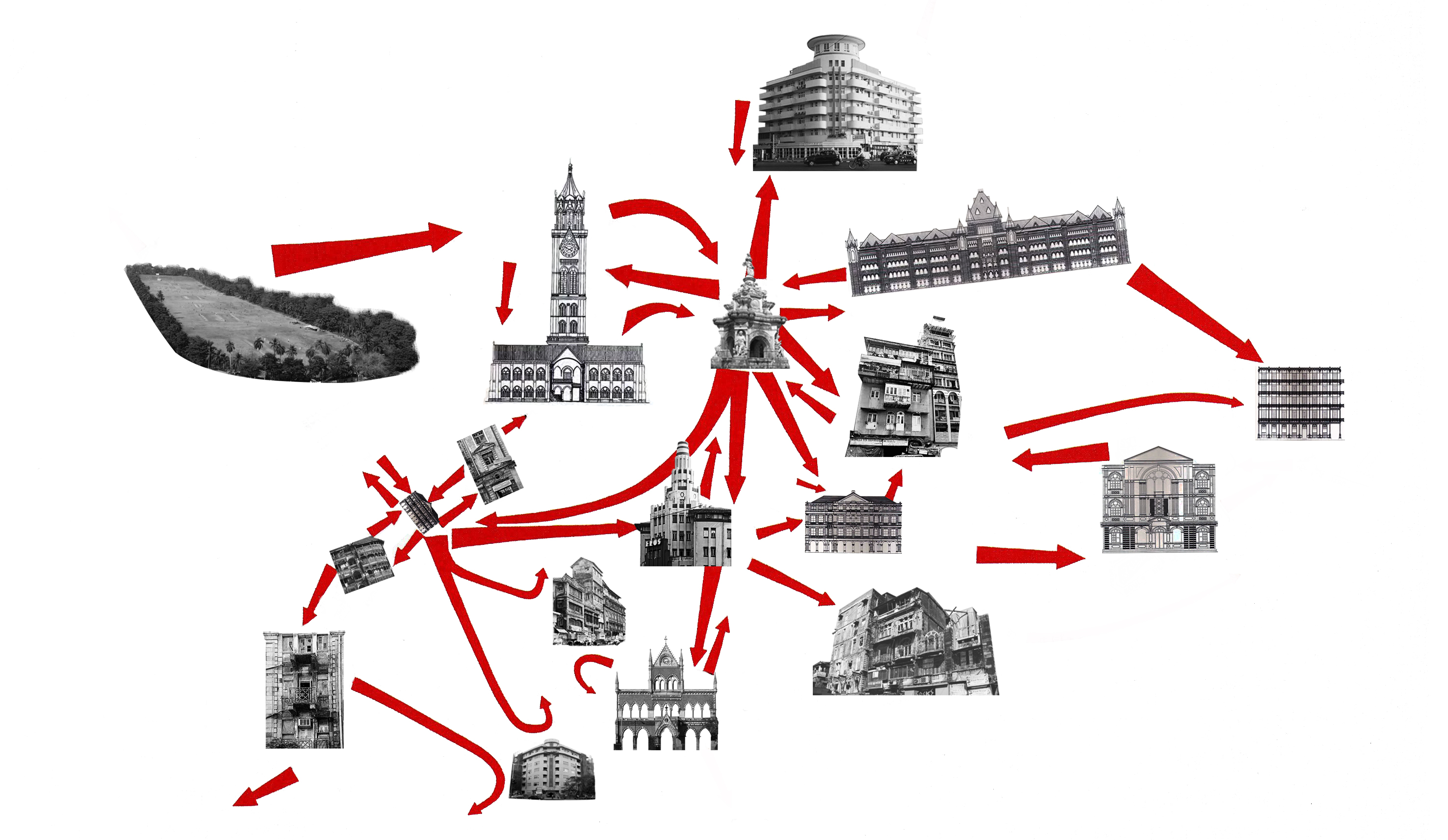
The Mumbai Ensemble
This week, UNESCO World Heritage Site status was bestowed upon the "Victorian Gothic and Art Deco Ensembles of Mumbai" and many Mumbaikars (including these authors) joined the celebrations.
Whichever part of the metropolitan region a person may reside in, a trip ‘down south’ is special. The aura that emanates from this particular ensemble has the power of making one fall in love with the city at its most mythic.
The arrangement makes for a relatively public character, thanks mainly to the Oval Maidan, Mumbai’s living temple of cricket. Its busy presence allows a framing of the timeless architecture all around. It provides a generous perspective across expansive open space, surrounded by streets with Gothic edifices on the Fort side and Deco residences by the shoreline. Each side is charged with the distinctive character of an epoch that has left its mark on the city forever.
Over the years, use and imagination allow for integrative narratives to emerge.
The maidan frames historical moments that were never meant to be fused — but in the end, that’s exactly what happened — they’ve become an ensemble of their own. Neo-Gothic and Art Deco, as living traditions, certainly saw each other as antinomic. There is something about use and imagination that allows for integrative narratives to emerge over time.
The best part about Mumbai is that it always prided in its mashed up identity. Even an archetypal colonial monument such as the Rajabai Clock Tower — modelled on Big Ben — is thus embedded. It was financed by a Jain philanthropist and ornamented with statues sculpted by JJ School of Art students, which represent the different communities of Bombay. Ultimately, all the glorious Indo-Saracenic and neo-Gothic colonial structures were fantasies that were deliberately idiosyncratic and experimental — grand departures from more staid global norms of their times.
Walking past the Rajabai Clock Tower and Mumbai University Library it is easy to get lost in the colonial and post-colonial city, where stone from the past is layered by relentless human activity and presence. Dense clusters of wires adorn decrepit walls in a maze of entangled use, usually waiting for some big speculator to finance the disentanglement of a century of occupancy and ownership rights, which seem to have completely lost sight of rightful origins. Even in this quintessentially colonial, planned city, there is glorious fuzziness around who owns what and how, with expired leases and unclear legislation.
Equally thrilling, a stroll from the Oval Maidan across more grounds and maidans, towards Opera House, takes drifters straight into the city’s old ‘underbelly’ where one can experience first-hand the creative dissolution of architectural legacies.
Here, in the ‘native’ quarters, the aesthetic duality of the UNESCO site gets paradoxically resolved. Inspiration once met audacity and appropriation in Kalbadevi, Bhuleshwar, Girgaum, Nagpada, Pydhonie to produce what is still one of the most visceral ‘Bombay’ experiences one can have — an urban kaleidoscope of a kind that exists nowhere else.
The magic of the “black city” rests upon its history of being a receptacle for a thoroughly diverse population who were all amalgamated in a single ‘non-white’ category and excluded from the colonial city. These included Gujarati merchants (Hindu, Muslim and Parsi), Maharashtrian Brahmins, Portuguese descendants, Jewish traders, Goan and Konkani seasonal workers, and migrants from all over the subcontinent and beyond.
The magic of the “black city” rests upon its history of being a receptacle for a thoroughly diverse population who were all amalgamated in a single ‘non-white’ category and excluded from the colonial city.
Some faultlines are hard to erase. In lived reality these places were part of a conflicted history. Inhabitants of the old “native” “Bombay”, not far from today’s celebrated ‘Ensembles’, have been crying hoarse about wanting more creative ways of developing their neighbourhoods. Instead they find themselves trapped between either sacrificing themselves at the altar of speculative dizzying growth or facing directionless decay.
One wishes that the elegant imagination that allows two very distinctive styles and eras to be brought together — the Victorian Gothic and the Art Deco, continues to produce more such integrative stories. The native, the colonial and the contemporary in one breath would release a lot of energy. In the meantime we certainly endorse a drift down the new world heritage site. It helps us appreciate stylistic encounters and the great Mumbai mashup tradition.
A first version of this article was published in The Hindu Sunday Magazine on 08.07.2018.
Above: 'South Mumbai Dérive' - A remix of the "Naked City" by Guy Debord.
18.929673, 72.828931
Oval Maidan, South Mumbai
